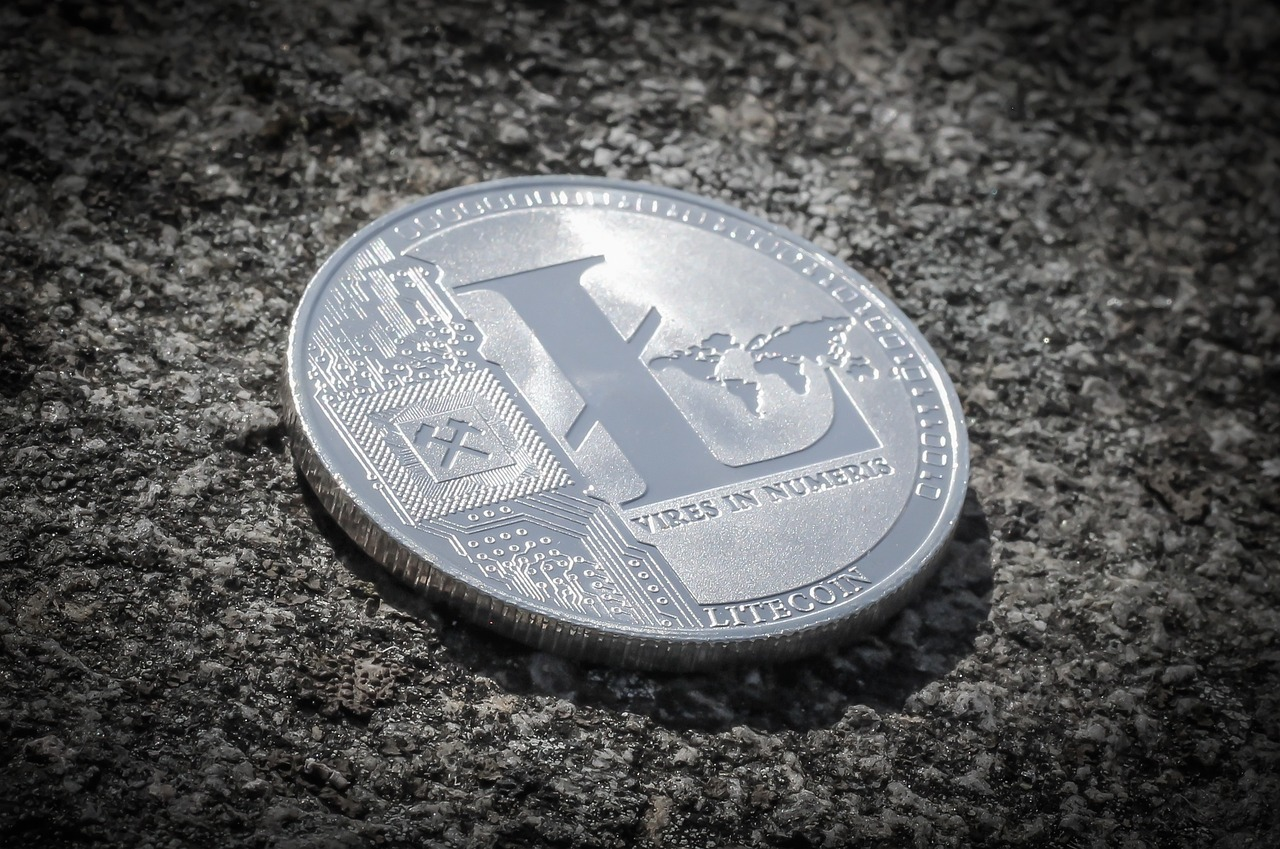Since the launch of Bitcoin (BTC) in early 2009, there have been never-ending attempts to improve its scalability, speed, and cost of transacting. Typically, these attempts result in new forks of the world’s first blockchain platform.
The earliest of these forks, Litecoin (LTC), was launched in 2011, with the promise of creating a faster version of Bitcoin to facilitate a wider use of crypto payments.
What Is Litecoin (LTC)?
Litecoin (LTC) is a blockchain network that is the first fork of Bitcoin. Litecoin inherited most of Bitcoin’s technical parameters, with one important exception – block confirmation times on Litecoin are four times faster than on Bitcoin.
On average, a new confirmed block of transactions is added to the Bitcoin ledger of records every 10 minutes. On Litecoin, a new block is generated every 2.5 minutes. Thanks to this difference, transactions on Litecoin are finalized around four times faster than on Bitcoin.
Additionally, being a smaller and less congested network than Bitcoin, Litecoin features much lower average transaction fees. Over the last few weeks, Bitcoin’s average transaction fee has been around the $1 to $3 mark. In contrast, over the same period, Litecoin’s average transaction fee has been around 1 cent.
Thanks to its speed and low transaction costs, Litecoin has been one of the most popular peer-to-peer crypto payment networks for many years. Being the earliest fork of Bitcoin, it also has a large and supportive user community.
Litecoin also regularly features among the top cryptos by trade volume on exchanges. Due to its popularity and wide use for crypto payments, Litecoin is often referred to as “the silver of the crypto world”, with Bitcoin, naturally, regarded as the gold in this context.
Litecoin’s Cryptocurrency
The LTC coin has many of the same properties as BTC, such as a maximum supply limitation to avoid inflation, being mined through the Proof of Work (PoW) procedure, and a halving of the mining rewards every four years. LTC’s maximum supply is specified at 84 million coins.
The supply of LTC will continue to increase as more coins are mined over the next many years and decades until it reaches the specified maximum of 84 million sometime in the 2140s.
At the time of writing, LTC is the 14th largest cryptocurrency, with a market cap of nearly $6.8 billion.
Litecoin’s History and People Behind the Project
Litecoin was launched in October 2011 as the first widely known fork of Bitcoin. It retained the mining reward halving feature used by Bitcoin. Litecoin’s original mining reward was set at 50 LTC per block, with the halving of the reward scheduled to occur every four years.
The first halving, which took the mining reward to 25 LTC, occurred in August 2015. This was followed by the August 2019 halving (to 12.5 LTC). The next halving of the standard mining reward is expected in July 2023.
Litecoin was developed by computer programmer and blockchain entrepreneur Charlie Lee. The network is supported by the Litecoin Foundation, a non-profit entity run by the platform’s user and developer communities. Lee co-founded the Foundation together with a fellow entrepreneur, Xinxi Wang.
The Foundation is domiciled in Singapore, and Charlie Lee serves as its Managing Director.
As a vastly cheaper and considerably faster crypto than Bitcoin, Litecoin is a great choice for crypto payments, both for individuals and businesses. For investors, it might also serve as a great alternative to Bitcoin given its time-tested market resilience and popularity. Litecoin regularly shares some of the highest correlations with Bitcoin among cryptos, making it a safe alternative to the world’s largest cryptocurrency. If you want to add a high-cap and very liquid crypto to your portfolio and prefer assets with a close correlation to Bitcoin, the LTC coin might be the optimal choice.

